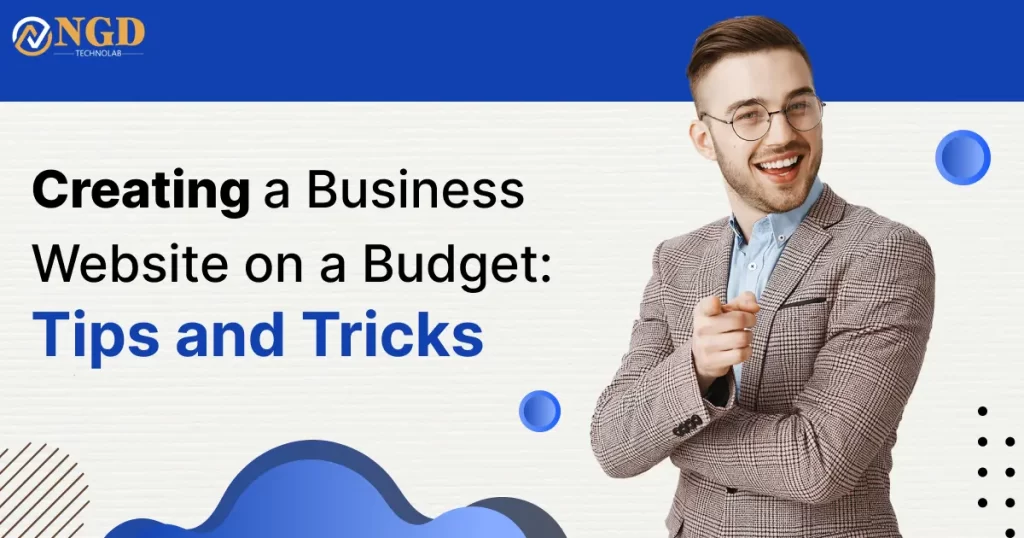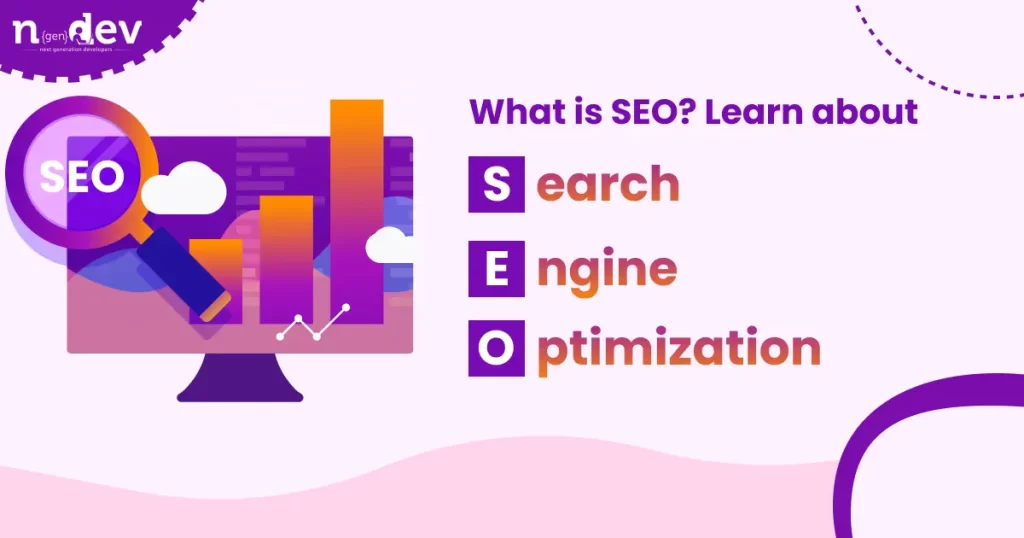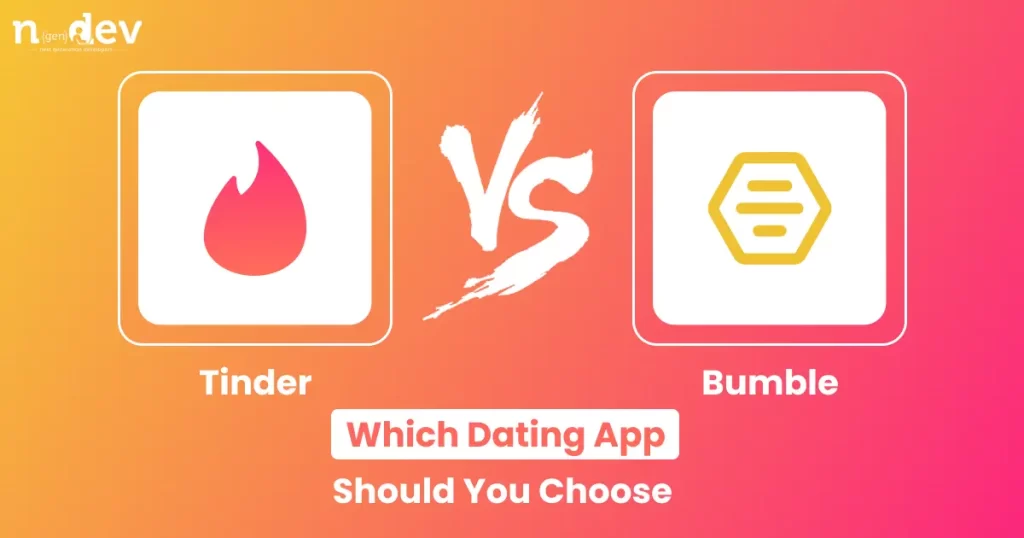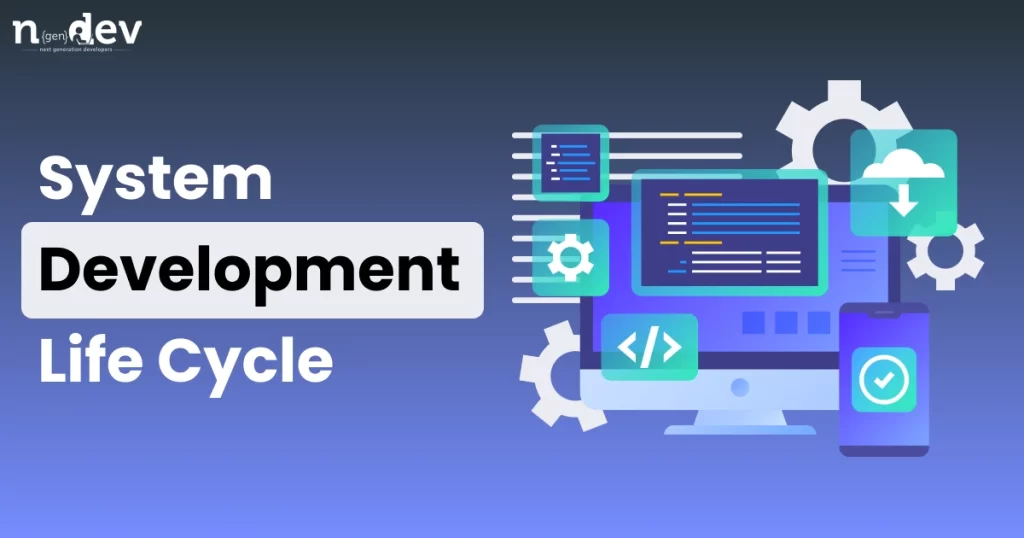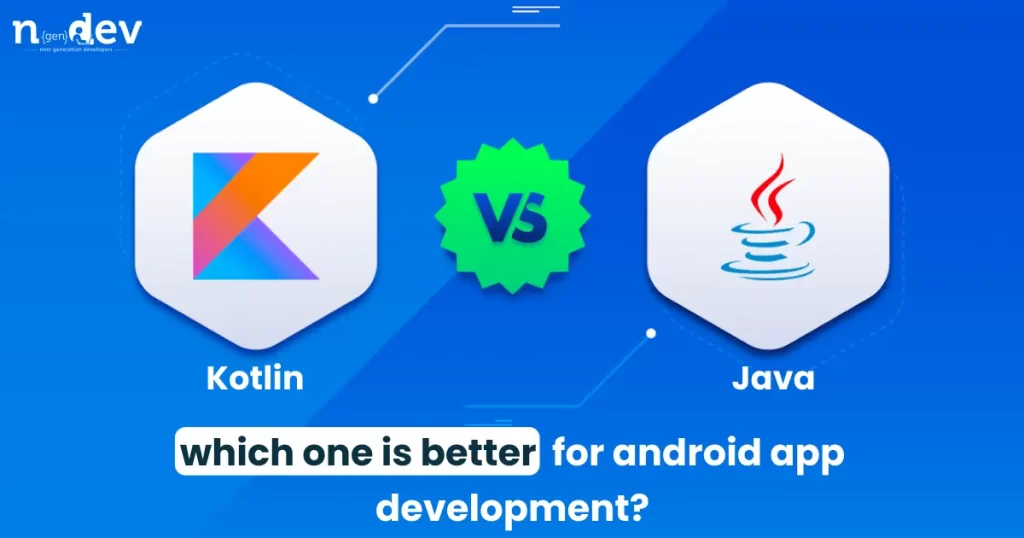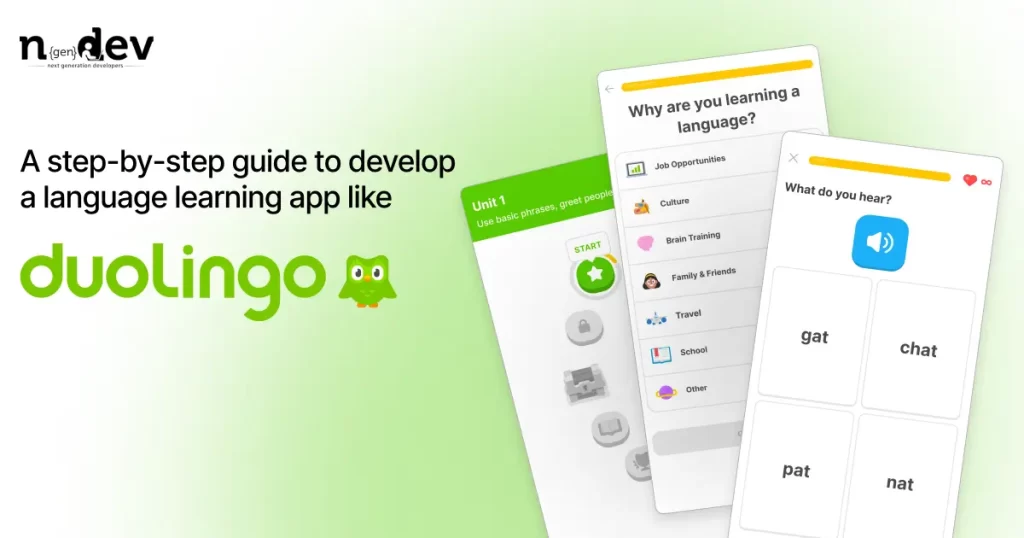Creating a Business Website on a Budget: Tips and Tricks
Creating a Business Website on a Budget: Tips and Tricks Prashant Padmani Edit Template Strong online presence is crucial for any business. One of the most effective ways to achieve this is by creating a business website. Whether you’re a startup or an established company looking to revamp your online presence, developing a website can be a game-changer. It not only helps you reach a wider audience but also boosts your credibility and professionalism. The good news is that you don’t need a massive budget to get started. We will explore several strategies and tricks to help you create a business website that is both effective and cost-effective. Table of content Add a header to begin generating the table of contents Choosing the Right Platform When it comes to creating a business website on a budget, selecting the right platform is crucial. Popular website builders like WordPress, Wix, or Squarespace offer user-friendly interfaces, and they are perfect for beginners. These platforms come with a variety of templates that you can customize to fit your brand. Ensure you choose a platform that aligns with your goals and offers the features you need, such as e-commerce capabilities, blogging, or appointment scheduling. WordPress, for instance, is highly customizable, making it an excellent choice for those who want complete control over their website design. Budget-Friendly Hosting and Domain To keep your website budget-friendly, opt for affordable hosting and domain registration services. Many hosting providers offer competitive prices and easy setup. It’s essential to consider factors like uptime, customer support, and scalability.Moreover, choose a domain name that reflects your brand and is memorable. You can explore domain registrars and often find discounts or bundled deals for the first year. This step can help you save significantly in the long run. Designing on a Dime A visually appealing website is essential to engage visitors. While hiring a professional designer can be expensive, there are cost-effective design solutions available. Utilize free or low-cost design tools like Canva or GIMP to create logos, banners, and images.When selecting a template, look for free or affordable themes that match your brand’s aesthetic. Customization options will allow you to create a unique and professional look without breaking the bank. Also to read:- Graphic Design and Business Promotion: A Winning Combination Content Creation on a Budget High-quality content is key to attracting and retaining visitors. Invest time in creating compelling text, images, and videos. If you’re not a wordsmith, consider using budget-friendly content writing services or freelancers who offer competitive rates.Additionally, explore royalty-free image and video platforms like Unsplash or Pixabay. These resources can provide you with visuals that enhance your website’s overall appeal. Search Engine Optimization (SEO) for Savings SEO is essential for driving organic traffic to your website. By optimizing your content for search engines, you can reduce the need for costly advertising. Incorporate your primary keyword, “creating a business website,” and its synonyms naturally throughout your content.Utilize free SEO tools like Google Keyword Planner and Yoast SEO to enhance your website’s search engine visibility. Focus on local SEO if your business targets a specific geographic area. Navigating Security and Maintenance Protecting your website from security threats is vital. Invest in a reliable security plugin or service to safeguard your site from potential risks. Consider regular website backups to ensure you can recover your site in case of any issues.For ongoing maintenance, learn to manage your website yourself, or hire a freelancer for occasional updates and troubleshooting. This approach can save you money compared to monthly maintenance packages. Conclusion Creating a business website on a budget is not only feasible but also practical. With the right strategies in place, you can establish a strong online presence without compromising your financial resources. By choosing the appropriate platform, utilizing budget-friendly hosting and domains, and optimizing your content for search engines, you’re well on your way to success. Keep in mind that web design and content creation can also be cost-effective, allowing you to focus your resources on other essential aspects of your business. As you navigate security and maintenance, you’ll be well-prepared to manage your website efficiently. Now, go ahead and create your budget-friendly business website and watch your online presence grow. Frequently Asked Questions What is the primary goal of a business website? A business website’s primary goal is to establish an online presence, showcase products or services, and engage with the target audience. How can I save money on web hosting and domain registration? To save on web hosting and domains, look for providers that offer competitive prices, discounts, or bundled deals for the first year. Consider long-term plans for additional savings. Is it necessary to hire a professional designer for my website? While professional designers can enhance your site’s appearance, you can design a visually appealing website using free or low-cost design tools and customizable templates. What is the role of SEO in website development? SEO (Search Engine Optimization) is essential for improving your website’s visibility on search engines. It helps attract organic traffic and reduce the need for expensive advertising. How can I ensure my website's security without overspending? Protect your website by investing in a reliable security plugin or service. Regularly back up your site and consider learning to manage maintenance tasks yourself or hiring a freelancer for occasional updates. Get Free consultation and let us know about your custom web and Mobile App project idea Over 13+ years of work experience, we have built 210+ web and mobile apps We can help you with Dedicated Developer delivering high-quality development Custom Mobile App Development Innovative Solution For Startups and Enterprise Contact Us Edit Template Get Free consultation and let us know about your custom web and Mobile App project idea Over 10 years of work experience, we have built 210+ web and mobile apps We can help you with Dedicated Developer delivering high-quality development Custom Mobile App Development Innovative Solution For Startups and Enterprise Contact us Latest Blogs Explore the Latest Blogs on Trends and Technology.
Creating a Business Website on a Budget: Tips and Tricks Read More »

